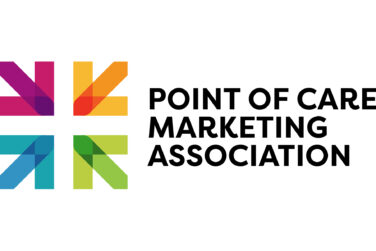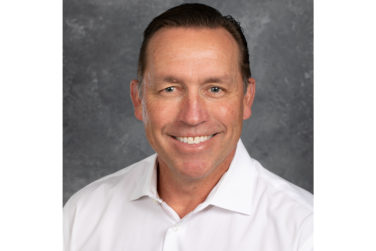On September 23, 2021, we gathered our 2021 Trailblazer Brand Champions for a virtual discussion on how life sciences marketing has changed due to the pandemic, an increased focus on diversity and inclusion, and the other so-called “big changes” that we have been hearing about for the past decade. The discussion was moderated by Andrew Matthius, Senior Editor, PM360, and participants included:
 Larry McNally, Associate Director, Immunology Marketing, Mallinckrodt Pharmaceuticals
Larry McNally, Associate Director, Immunology Marketing, Mallinckrodt Pharmaceuticals
 Patrick L. Sutton, Head & Vice President, Cardio-Renal-Metabolic, Patient & Specialty Services, Novartis Pharmaceuticals Corporation
Patrick L. Sutton, Head & Vice President, Cardio-Renal-Metabolic, Patient & Specialty Services, Novartis Pharmaceuticals Corporation
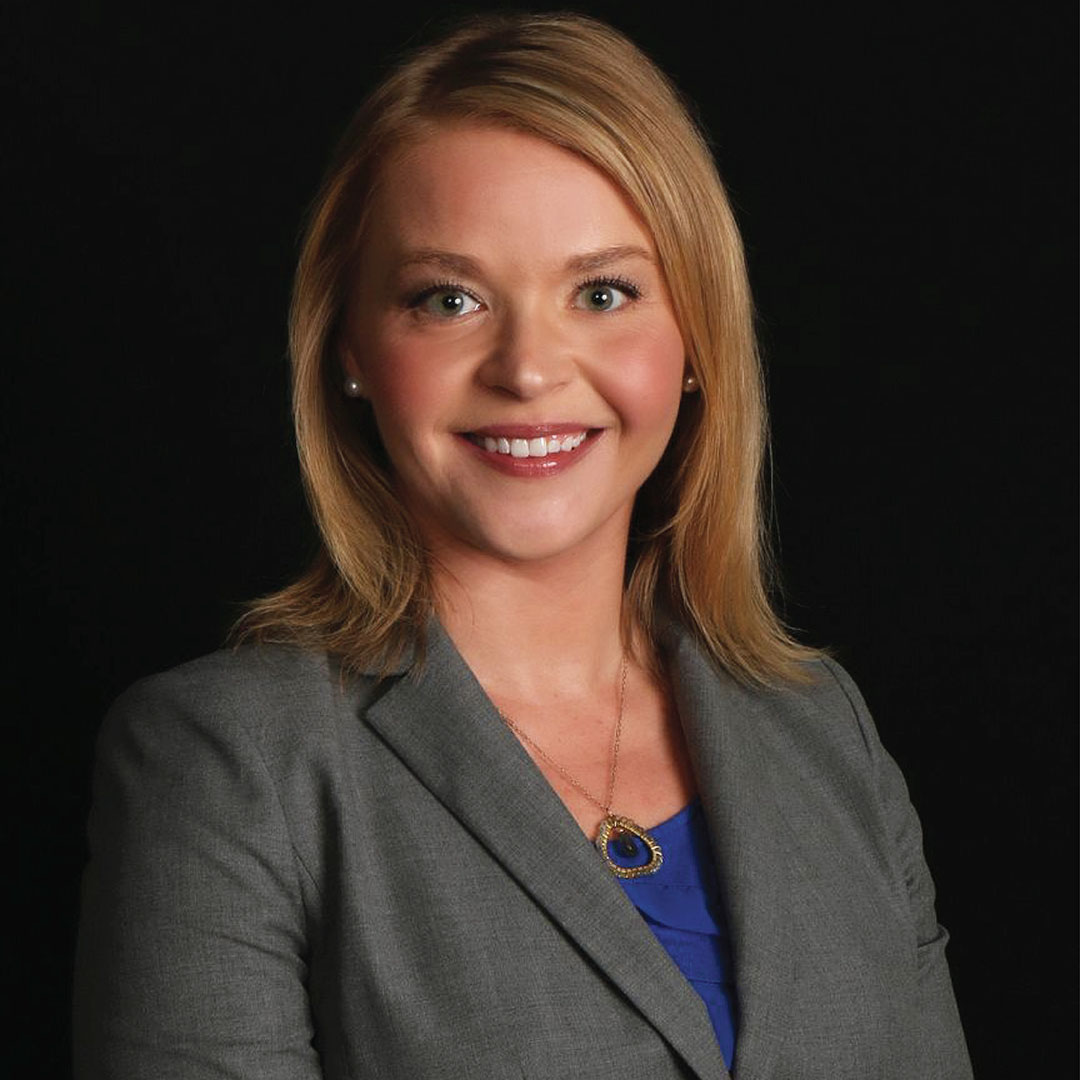 PJ Cadman, Marketing Lead Dermatology, UCB Pharmaceuticals
PJ Cadman, Marketing Lead Dermatology, UCB Pharmaceuticals
 Hillary M. Titus, Vice President of External Communications and Chief of Staff, BioReference Laboratories, Inc.
Hillary M. Titus, Vice President of External Communications and Chief of Staff, BioReference Laboratories, Inc.
 Rozita Passarella, Vice President of Marketing, Clarus Therapeutics
Rozita Passarella, Vice President of Marketing, Clarus Therapeutics
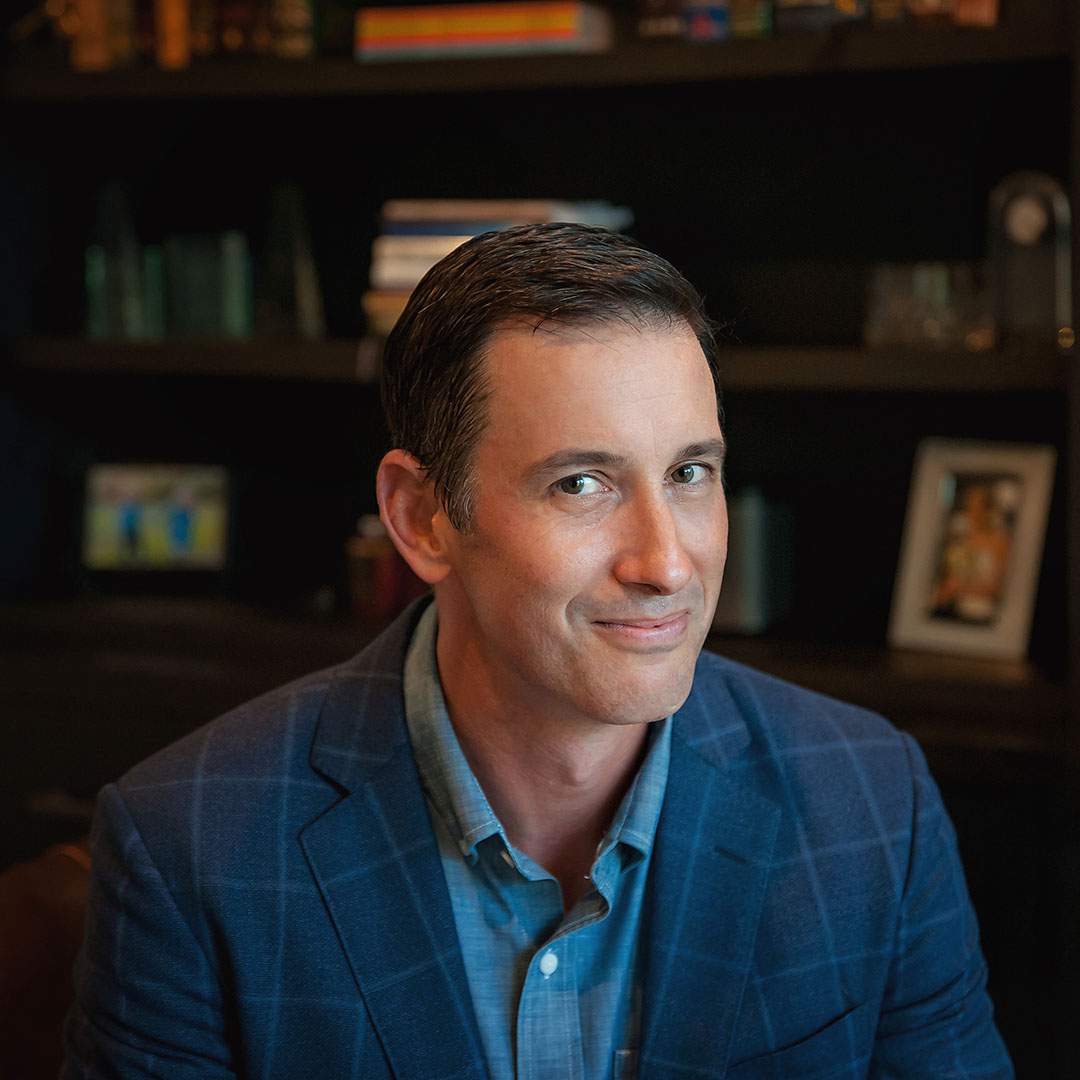 Jeff LaConte, Lead, VELYS Robotics & Digital Surgery, Global Strategic Marketing, DePuy Synthes, The Orthopaedics Company of Johnson & Johnson
Jeff LaConte, Lead, VELYS Robotics & Digital Surgery, Global Strategic Marketing, DePuy Synthes, The Orthopaedics Company of Johnson & Johnson
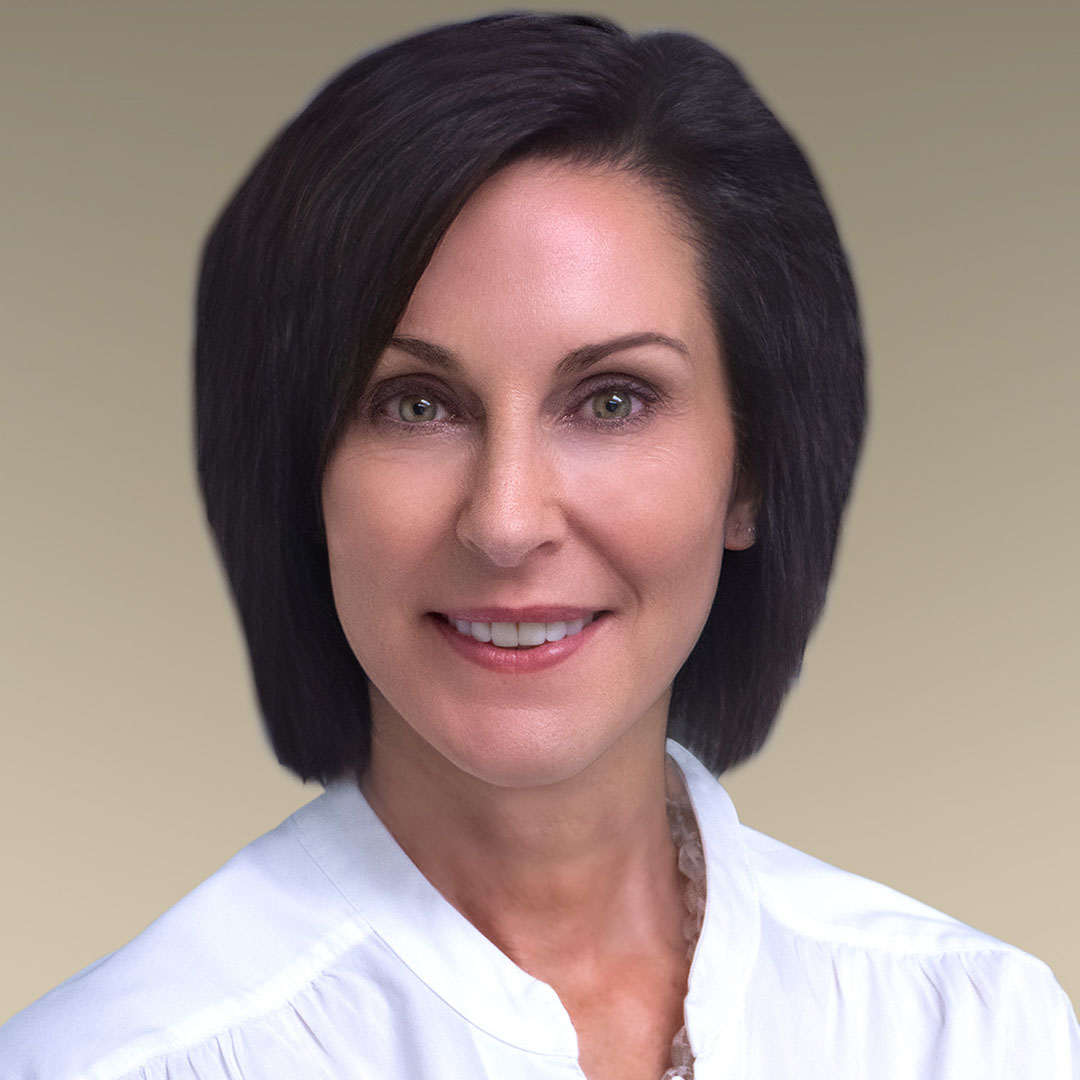 Christine Kingsbury, Senior Director of Marketing, Recordati Rare Diseases Inc.
Christine Kingsbury, Senior Director of Marketing, Recordati Rare Diseases Inc.
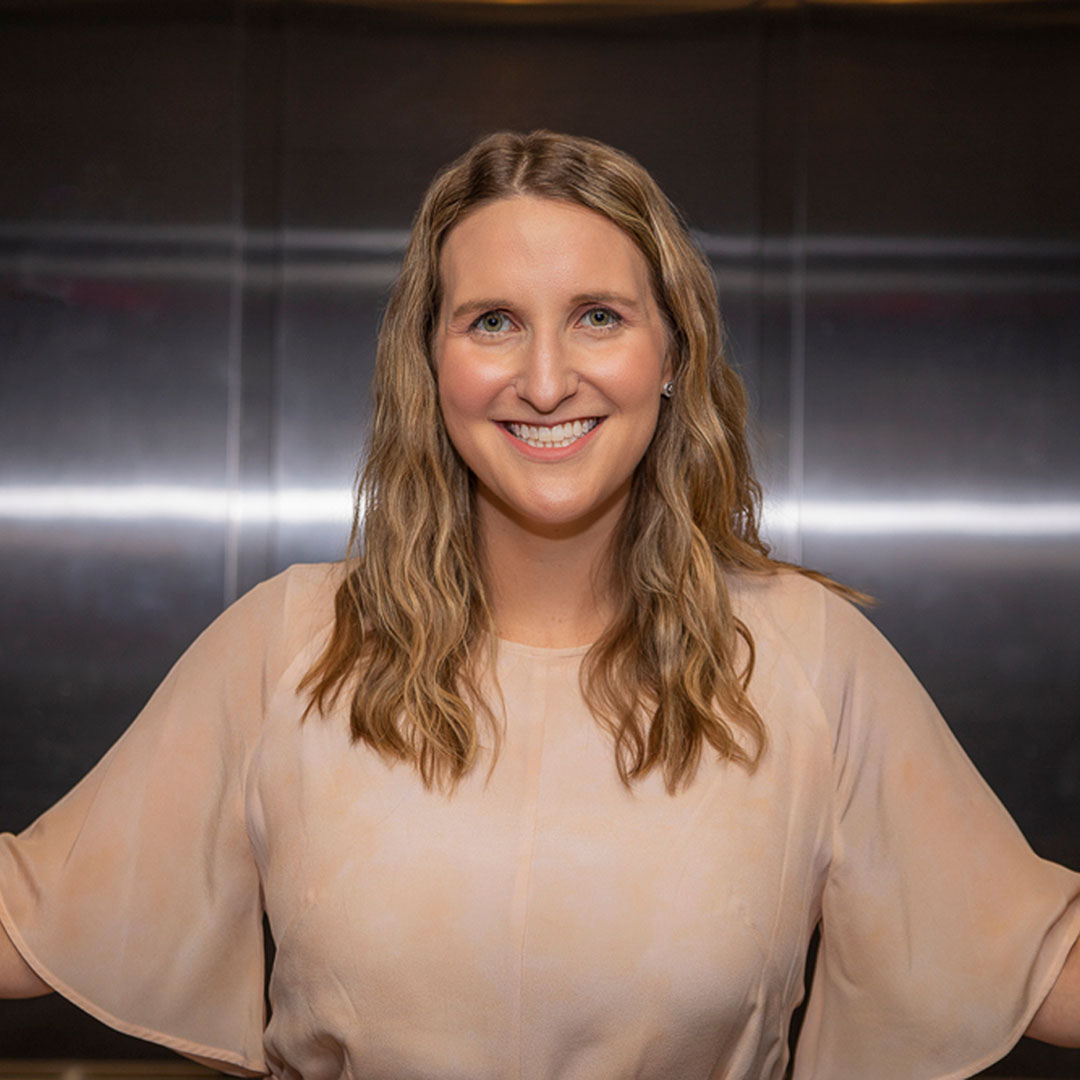 Nicole Yohn, PhD, Associate Director, Marketing, Gilead-Kite Oncology
Nicole Yohn, PhD, Associate Director, Marketing, Gilead-Kite Oncology
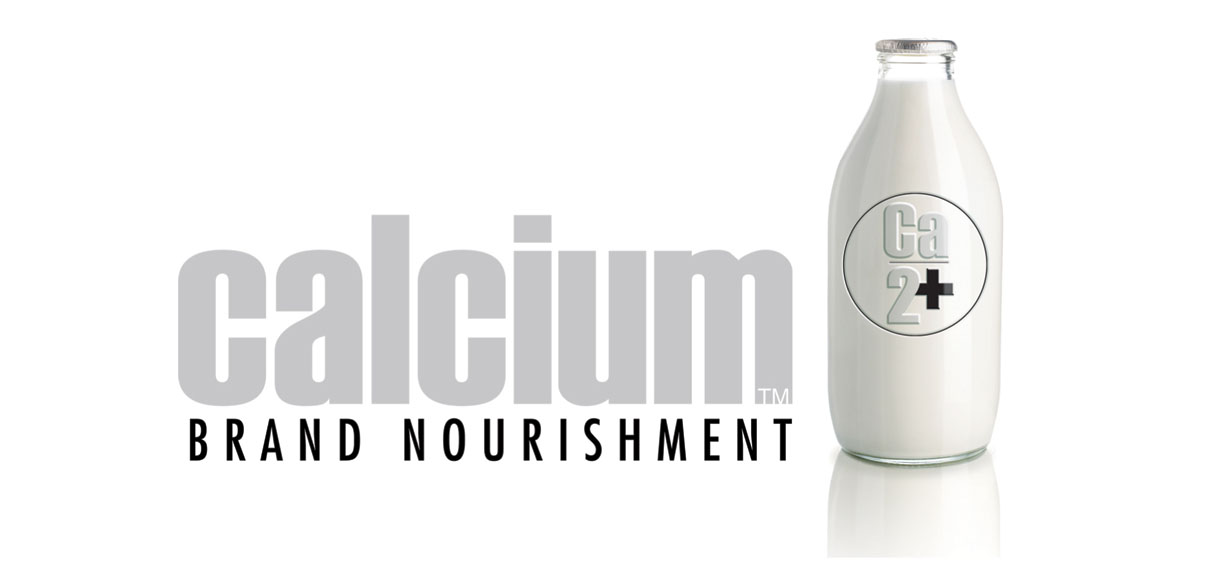 We would like to thank Calcium for sponsoring this Circle of Excellence. Attendees from Calcium included:
We would like to thank Calcium for sponsoring this Circle of Excellence. Attendees from Calcium included:
Greg Lewis, Managing Partner/President
Steve Hamburg, Managing Partner, Chief Strategy Officer
Maha Elashri, EVP, Chief Client Officer
Andrew Matthius: Welcome to our 2021 Trailblazer Brand Champion Circle of Excellence. Today, we’ll be discussing the changing face of life sciences marketing. Before we get started, I wanted to thank Calcium for sponsoring this roundtable and let Greg Lewis and Steve Hamburg tell you a bit about the company.
Greg Lewis: On behalf of Calcium, Steven Michaelson, Judy Capano, the partners, and all our staff we wanted to congratulate the Brand Champions for what you have done to better the health and wellness of so many. During this pandemic, we’ve talked a lot about how we’ve all become digital farmers. We wake up in the morning, we open our laptops, but the crops we’re tending to are patients and caregivers who are in need of important medications and therapies. We like to think we nourish the brands we support and each of you has clearly nourished the industries you work within.
Steve Hamburg: As an agency, our mission has always been to nourish positive change, and the amount of change we have all experienced in the last year and a half has been unprecedented. Yet, we still see a huge opportunity for insights, ideas, and imagination to drive the right kind of change—change that empowers patients and HCPs everywhere and makes healthcare smarter, more efficient, more equitable, and better. I know many of the panelists will likely endorse that view, and I’m happy to hear the exchange of ideas.
Andrew Matthius: With that said, onto the first question. Obviously, COVID-19 has had a tremendous impact on the industry. But specifically, what positive impact have you seen either on patients or your company?
Larry McNally: With all the unfortunate things that have happened, the one thing I noticed is everybody has come together. We cover five different specialty areas, but throughout this time we worked very closely with doctors and patients to make sure they got their product. We luckily had a lot of digital assets already ready to go, so we were able to pivot right away to keep the communication going. So, from a positive perspective, there’s been a lot more teamwork and taking advantage of technology.
Patrick Sutton: I would echo that, but when I think about the impact, it’s really about expediting change. We’ve been forced to fast forward into the future and think about how to move more quickly and pioneer new approaches to meet customers where they are. While we’ve done a bang-up job across the industry in becoming more agile, we still have a lot of work to do.
Another positive impact is it forced us to realize what we’ve probably known all along: sometimes less can in fact be more. Focusing in on where the impact is going to be realized is not always easy as a marketer, but we’ve had to streamline and focus on the digital and technology to get us where we needed to be.
Rozita Passarella: We had a unique opportunity with our company because we launched a product in the midst of the pandemic. One of the things we learned through COVID is the role that convenience is going to play. How do we fit into our patients’ lives seamlessly? For instance, many patients are looking for an easier way to take their medication. Knowing that our product was the first oral in this space for testosterone replacement therapy, we knew it was going to have a huge impact on our patients and we didn’t want to let COVID delay that.

Christine Kingsbury: I work in rare disease where there’s a limited number of specialists who have knowledge and understanding of how to treat the disease. But when patients find an experienced clinician, that care can make such a difference in their outcomes and quality of life. So, the adoption of telehealth has had a positive impact on patients in rare disease as they were able to connect with experts who they wouldn’t have been able to before due to geographic or financial limitations.
PJ Cadman: Agility has been a consistent theme, but our company has also demonstrated a willingness to fast-track and invest in some channels and initiatives that may have been a lower priority in a pre-pandemic world. For example, training for our sales force around showing empathy when talking to somebody on a computer screen. How do you connect with the person you’re speaking with and recognize some cues you may not have previously? It’s been great to see this willingness to embrace new ways of working and feeling okay about abandoning what historically has been the status quo.
Andrew Matthius: Building off of that, the next thing I want to touch on is the biggest lessons you’ve learned over these past 18 months and if you will continue to apply any of those lessons as we move past this pandemic.
Larry McNally: Let me give you an example of something I hope doesn’t change. One of the specialists we target are pulmonologists. We knew they were on the front line during COVID, so we made sure we weren’t sending off a bunch of emails or trying to communicate with them. However, some of the other specialists we target might not have been able to work during the pandemic. So, we had to get a greater understanding of each of the specialists and find out the best way to communicate with them. While we’ve dabbled with that in the past using ZS AffinityMonitor data that shows preferences, we need to go even further from an omnichannel perspective. We need to figure out everyone’s preferences and how and when they want us to communicate with them.
Greg Lewis: I just want to echo what everyone else is sharing about the human element and that we’re all talking to our customers in a different way. Overall, it feels like there’s more empathy that is being acknowledged and shared to lift the human spirit across whatever venture we’re trying to complete. People are much more adaptable and focused to find that end goal.
Nicole Yohn: I agree with what everyone is saying, and I wanted to share an example from a marketing perspective. At the start of the pandemic, my team was slated to be in an accelerated approval position and it ended up coming three months early and three weeks after the entire country shut down. So, agility, speed, and flexibility were necessary—and should continue to be. To this point, the drug has only been on market during a pandemic, so as we exit the pandemic, we are starting to think about how we’re going to continue to do education and marketing around the brand in a completely different environment. The lessons really are to not do things the way they always have been done.
Andrew Matthius: One of the other changes we have seen during this time is a focus on reaching more underserved populations with a better understanding of their cultures and ethnicities as it relates to their healthcare. Rozita, has this impacted your approach to marketing?
Rozita Passarella: Absolutely. Direct-to-consumer (DTC) plays a critical role in our product’s launch. When evaluating our campaign testing, we took a step back to review the criteria and made sure we included a more diverse audience to understand the perspectives of the total population. We learned the way we’ve defined “families” in the past isn’t ideally what everyone considers a family. We’re in the men’s health space, so for us that meant having diversity across not only what families could look like, but what a partnership could look like.

Hillary Titus: During the pandemic, we launched Scarlet Health, an integrated digital platform catering to underserved markets by providing on-demand, on-location laboratory specimen collections. Scarlet closes critical gaps in existing telehealth systems and helps complete that last medical mile to ensure immunocompromised patients or those needing a routine blood draw, as well as anyone who may need access to a COVID-19 test, can have their laboratory tests safely and conveniently completed on their terms. It’s been exciting to see our service and more services like ours come to market that empower patients to have more control over their healthcare needs.
Jeff LaConte: At Johnson & Johnson, this is an incredibly important part of what we do. That’s true both inside the company in terms of having people of color in our organization in key roles, but also ensuring we have people of color on our advisory boards when we look for feedback on things like product development, product design, or marketing.
PJ Cadman: This year our ecosystem team conducted research around care gap mapping and documenting what patient journeys are like and the differences across various demographics. They identified some inflection points within the psoriasis patient journey where patients experience common gaps in care. Now, we’re developing an interactive care gap map tool to bring some of these disparities to light. We also are developing educational materials for both providers and patients around the differences in diagnosing a disease like psoriasis in patients with skin of color.
Maha Elashri: To piggyback on PJ’s comments, the way we can do this work successfully is by ensuring within the agencies that we have representation on our marketing teams, creative teams, account teams, strategy teams, etc. We need folks who just don’t talk about representation, but understand it so we can ensure the output is successful and that it connects and resonates with those who may be feeling excluded.
Andrew Matthius: While we have seen some big changes as a result of the pandemic, over the past decade we have also been inundated with the promise of big changes that were supposed to completely change how everything was done. That includes things such as AI, patient ownership of their data, the relative importance of sales reps, etc. When it comes to changes we’ve been hearing about since long before the pandemic, which have actually had an impact? Which do you expect to still play a big part in the industry?
Patrick Sutton: One of the biggest changes over the last 10 years is drug pricing wasn’t nearly under the same level of scrutiny that it is today. Also, the manufacturing programs that we had in place and our technologies oftentimes outpaced that of the health insurance companies. Fast forward 10 years: Drug pricing is under severe scrutiny and health insurance company technology now outpaces ours in a lot of cases. So, it’s harder to get access for patients 10 years later because health insurance companies have put so many roadblocks in the way.
Larry McNally: For me, one of the biggest advancements has been in telehealth. In a past life, I used to work with home dialysis products and I witnessed what they did in Spain at the time. They had patients living in the Canary Islands and only had a nephrologist on one of the islands, so they basically sent patients webcams for remote visits. This was back in 2003! It was enlightening because we started focusing a lot of our efforts on how to solve similar problems around the world. Unfortunately, the U.S. at the time was using mostly dial-up modems, but Spain had already implemented DSL technology.
The thing that gets me excited now is AI. There are a lot more opportunities, such as using Siri or Amazon devices, and we started to explore this area more before the pandemic put those efforts on hold. But that technology could solve a lot of the problems similar to what they did in Spain.
Christine Kingsbury: Top of mind for me is how much social media has fundamentally changed how healthcare information can be delivered. We continue to be challenged in our ability and appetite to embrace that social space instead of avoiding it. We know some information on social is completely inaccurate, therefore it becomes an even greater need that accurate information be there. So, we as an industry need to continue to figure out how to incorporate social media as a communication channel.
Steve Hamburg: On a related point to Christine’s, the quantum leap in online technology, including social media, has empowered us to understand our fellow human beings with greater depth and nuance than ever before. Digital empowerment has been a huge democratizing force in healthcare, enabling individuals across the globe to have a voice and get heard. And the human value of that is incalculable.
Jeff LaConte: I’ve found in the device space, certainly in orthopaedics, change is much slower. However, we have started to see the impact of AI on things like the VELYS robotic-assisted surgery solution to make data-informed predictive recommendations based on patient type, patient gate inputs, etc. Also, one area that is evolving quicker than I’ve ever seen in almost 20 years in med device is 3D printing. Right now, we’re can 3D print tibial base plates for our knees. So, the proliferation of robotics is here.
Andrew Matthius: For our last question, I want to know your biggest wish list item for the industry. If you had no restrictions, what would you change?
Patrick Sutton: We need to work on prioritizing social determinants of health—it’s going to make or break our industry. I recognize there’s no easy button, but we need to continue to make purposeful investments and bring about equal access to healthcare.

Nicole Yohn: It would be great if some of the social media producers would meet with us to understand the limitations we have and help us get secure, informed access to individuals who might not always be somewhere we can meet them. I am passionate about trying to close the gap between community education and academic/national education and the ability for us to access individuals who are not always able to get to a conference or a center in an urban area. Whether we do it through social media or more disease education, we must keep working on closing that gap between physicians based upon their geographic proximity as well as the individuals they’re treating.
Rozita Passarella: When we look at pharma commercials online, unfortunately most times they become comical because of all of the things you’re trying to disclose within a very short period. Sometimes the guidance we get back from medical, regulatory, and OPDP dilutes the message and education because the information about the drug is surrounded by all of its safety and risk information. It would be great if we are able to re-visit these guidelines on how much we have to communicate to a patient when they’re learning about your product versus letting them have that conversation with their healthcare provider, which is what every DTC effort drives toward. This is especially true on social media, where space is already limited.
Hillary Titus: I agree with what everyone is saying, and think all of those things tie together with the acceleration of patient empowerment. To truly put these tools in the hands of patients and allow them to be true consumers would further help prevent serious diseases and ensure greater access to care.
Andrew Matthius: All right, I would like to thank everyone for participating today. I will let the folks at Calcium have the final word.
Greg Lewis: Thanks, Andrew. I just want to raise my glass to all of the 2021 Brand Champions. Thank you for everything you’re doing to push our industry forward and bringing important medicines to so many patients in need.
The opinions expressed in this article are the participants’ own and do not necessarily reflect those of their affiliated companies or organizations.






